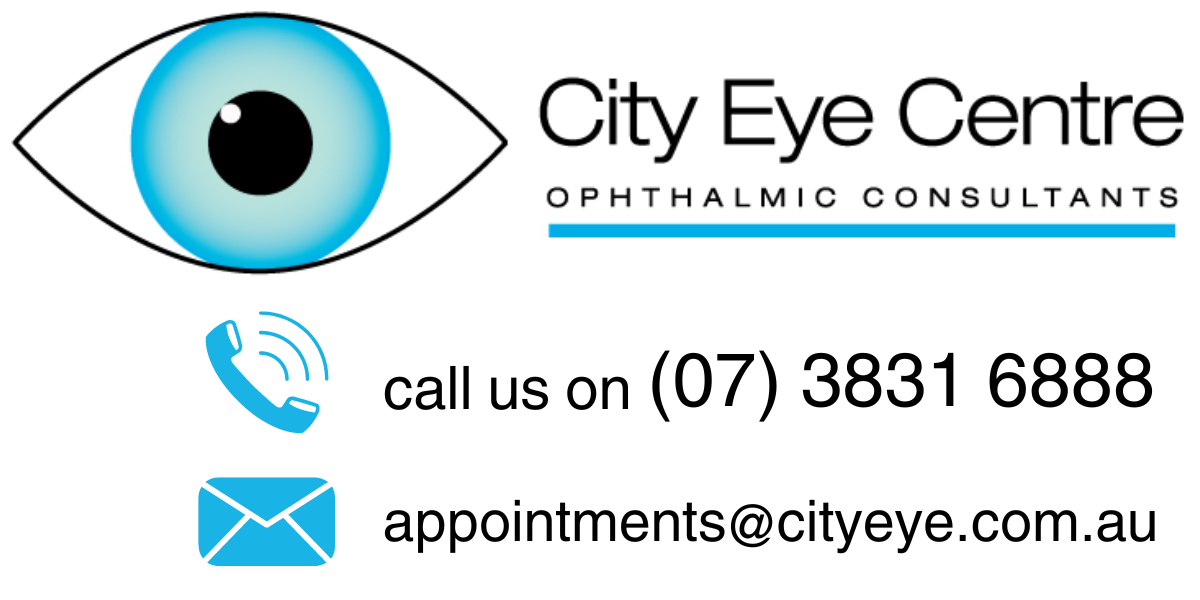SELECTIVE LASER TRABECULOPLASTY (SLT) SURGERY
What is SLT Laser?
Selective laser trabeculoplasty (SLT) is a laser procedure for the treatment of glaucoma. Its aim is to lower the eye pressure by selectively widening the drainage mechanism in the eye. The laser procedure is effective in suitable glaucoma patients. It reduces the need for glaucoma eye drops. Alternatively, it is used as adjunctive therapy when eye drops are not lowering the eye pressure adequately.

How Does SLT Work?
SLT uses micro-pulses of laser energy to improve the outflow passage of fluid through the drainage tissue inside the eye, thereby lowering the eye pressure. This laser energy specifically targets the pigment cells in the drainage tissue and causes a biological reaction and healing response in the tissue. It does not structurally damage or burn holes in the eyes. Usually two treatments are required per eye. It may take one to three months for the full effect of the treatment to occur.
When is SLT Indicated?
Dr Lee may recommend SLT as a treatment option if
- your intraocular pressure is not being controlled adequately with your current medication
- there is clinical evidence that your glaucoma is progressing despite being on maximum medical treatment
- you are experiencing problems or side effects with your glaucoma medication
What Happens During the Procedure?
The eye to be treated is anaesthetised with eye drops. The laser is delivered via a microscope similar to those used for eye examinations. A contact lens is placed on the eye to precisely focus the laser beam. The laser will appear as pulses of light. The procedure takes approximately five minutes to perform.
What are the Risks and Benefits?
SLT is effective in lowering the pressures inside the eye by about 25% in approximately 80% of patients treated. It is considered a safe procedure and has a favourable side effect profile. Vision may be slightly blurred for a day or so. Some may experience some transient redness, mild aching sensation after the treatment. But, they usually settle within 24 hours. There may also be transient intraocular pressure spikes following the treatment. These usually resolve within 24 hours and can be managed by glaucoma medications. Significant side effects of SLT and complications are very rare.
Do I Need More Than One Treatment?
The procedure may be repeated as there is no appreciable tissue damage. However, treatment efficacy over repeated sessions reduces each time. Following the treatment, some patients may be able to reduce the number of glaucoma medications they are taking, but it is unusual for medications to cease completely. For patients who do not respond to SLT, other types of surgery may be recommended.
